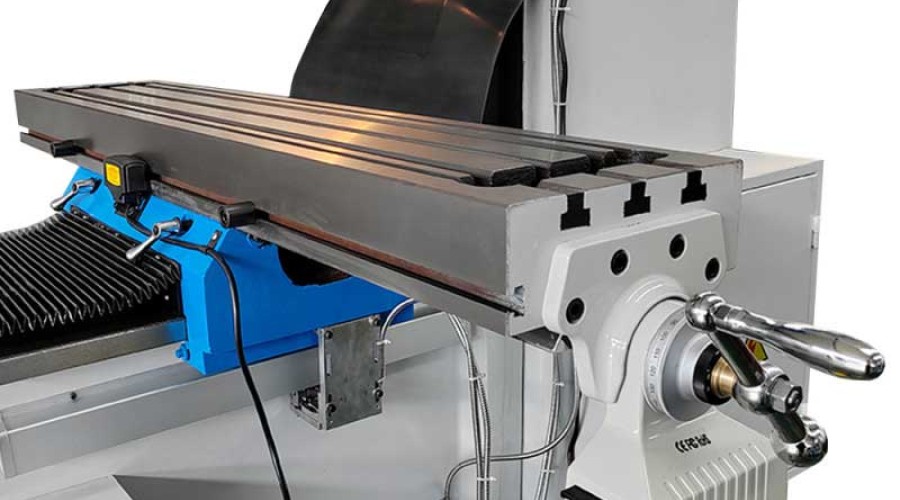
Equipment Introduction
A Numerical Control Milling Machine, also known as CNC (Computer Numerical Control) milling machine, is a process that controls mechanical motion and machining processes using digital information.
Equipment Features
- Strong adaptability and good flexibility in part processing, capable of machining parts with particularly complex contours or difficult-to-control dimensions, such as mold parts, shell parts, etc.
- Capable of machining parts that ordinary machine tools cannot or are difficult to process, such as parts described by mathematical models with complex curves and three-dimensional surface parts.
- Capable of machining parts that require multiple processes after one clamping and positioning.
- High machining accuracy and stable, reliable machining quality.
- High production efficiency and high degree of production automation, which can reduce the labor intensity of operators and facilitate production management automation.
Types of Machining
Flat parts with flat contours, flat parts with inclined planes, flat parts with positive platforms and inclined ribs, parts with variable bevel angles, curved surface parts, three-dimensional parts, etc.
Machining Accuracy
- The milling machining accuracy in CNC milling can generally reach IT6-IT8, with surface roughness ranging from Ra0.6-5um.
- The positioning accuracy of linear motion coordinates is 0.04, and the repeatability accuracy is 0.025mm, while the milling roundness accuracy is 0.035mm.
- For ultra-precision machining, the current size and position accuracy range from 0.01 to 0.3um, the shape and contour accuracy range from 0.003 to 0.1um, and the surface roughness for steel parts is Ra≤0.05um, while for copper parts it's Ra≤0.01um.
Materials for Machining
Carbon steel, stainless steel, aluminum alloy, brass, S136, SKD11, SAE steel, PEEK, POM, Teflon, electric wood, etc.
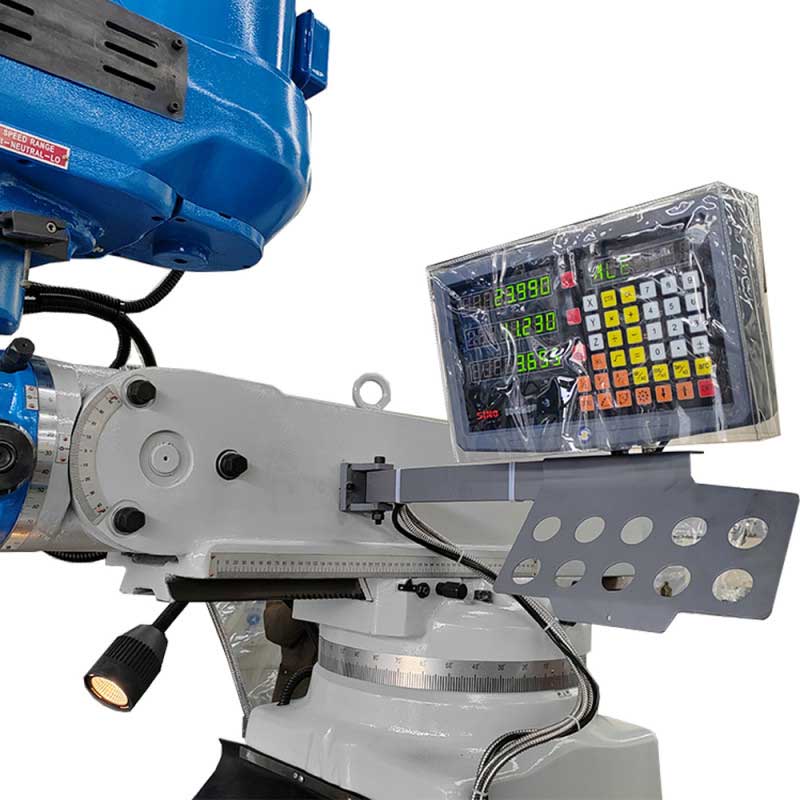
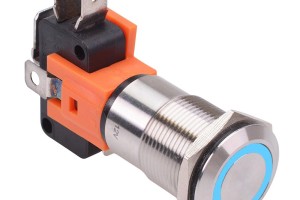
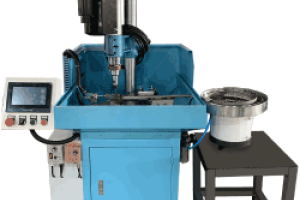
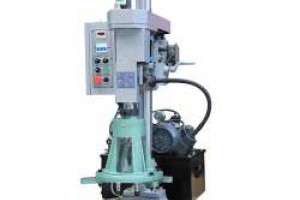
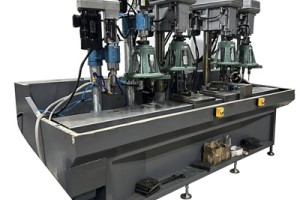
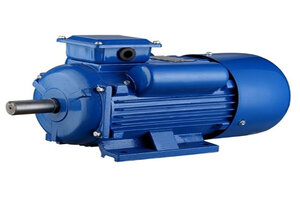
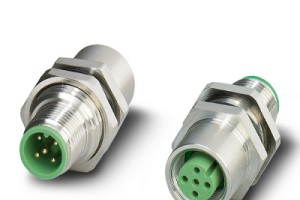
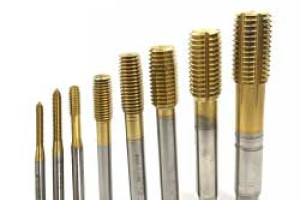
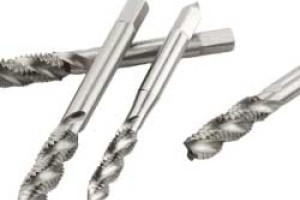
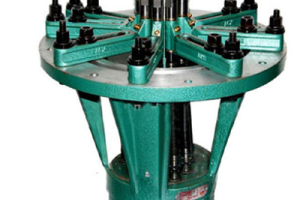
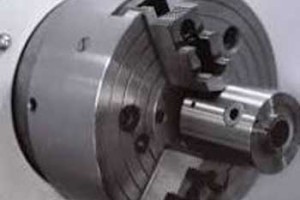
Leave a comment